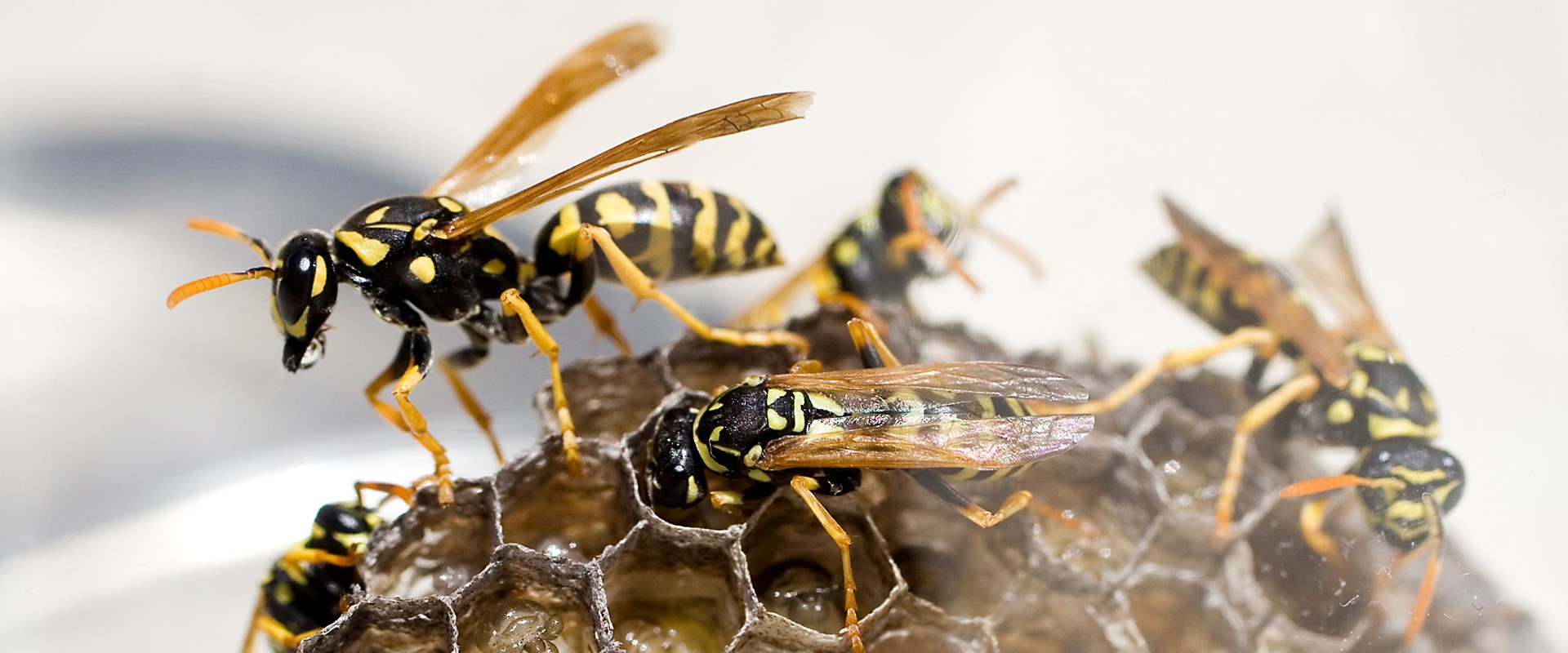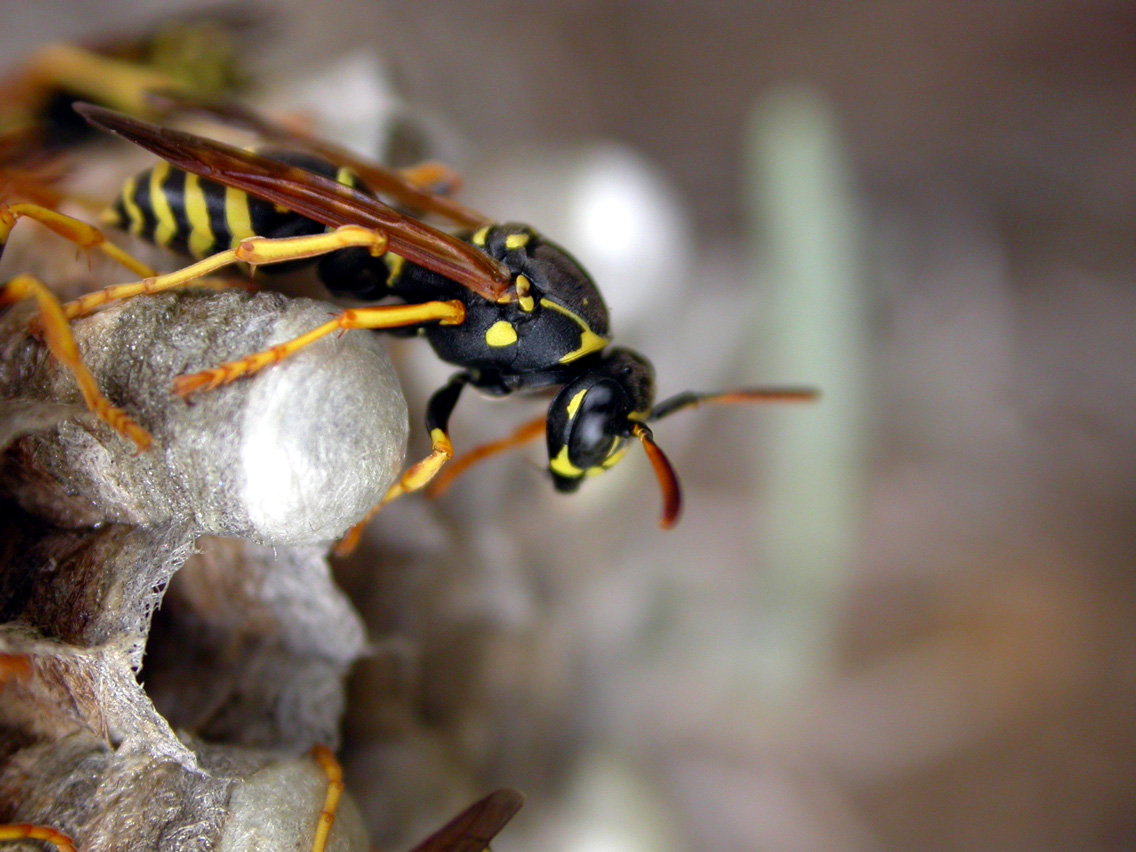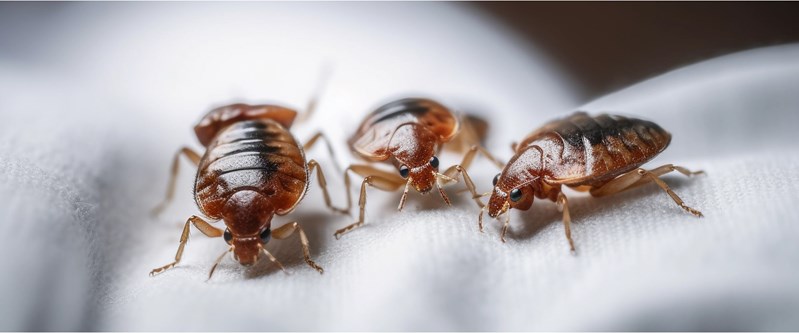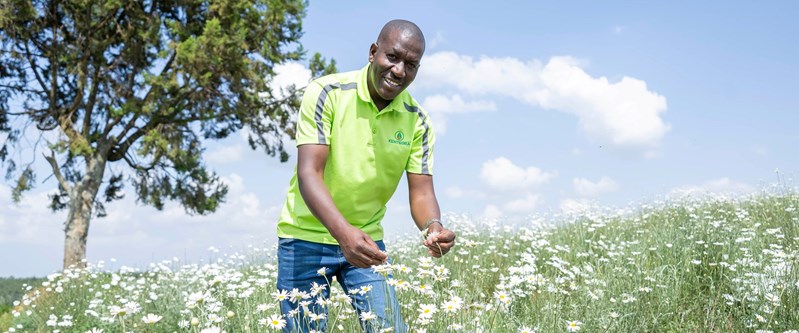Controlling wasps and hornets
Wasps and hornets, predators and pests known since time immemorial. How can you get rid of them effectively?

Wasps, eternel pests
Wasps belong to the Hymenoptera family, Vespidae. It's important not to confuse them with Syrphidae, which have the same design. They are predators of other insects, notably Diptera (flies, mosquitoes) and caterpillars. In summer, they also feed on flower nectar and ripe fruit pulp. They can also enter homes in search of sweet food for their own consumption and meat to feed their larvae.
Life cycle
Around November, fertilized female wasps, or “queens”, take refuge in a frost-free place to spend the winter. They hibernate (diapause) until temperatures rise. They start to emerge around mid-March, when temperatures are milder. The queen then begins to build the first nest cells. She then lays an egg in each cell and feeds the first larvae a few days later. Most of these larvae become worker wasps. They appear at the start of the summer season, continuing the nest-building work, caring for and feeding the brood. The males (false bumblebees) and workers will die as soon as winter sets in, and only the fertilized females will hibernate to start a new cycle a few months later.

Nests
In dead trees, dry stone walls, attics, chimneys, etc., wasps will create a nest from chewed plant fibers. These nests are often composed of 5 to 10 (or even 12) rows of superimposed trays of cells, always facing downwards, but the general configuration of the nest can vary greatly depending on where it's built. The color and pattern of the paper varies according to the plant fiber collected by the workers.
The average nest contains 5,000 cells. At the end of August, it can exceed a capacity of 25 liters, and the ultimate length of its long axis can reach one meter. The largest nests are found in roof timbers and hollow trees, as these locations offer the most surface area for attachment. The longer the good season (as in the Mediterranean region), the more developed the colonies and the larger the nests at the end of the season.
Danger
Wasp stings, like those of other vespids, are painful. This is due to the diameter of the sting and the composition of the venom, even if its toxicity is on average 10 times less than that of bee venom. Up to 5% of the human population is severely sensitive to venom (anaphylactic shock). Wasp stings are a leading cause of death in Europe every year.
Controlling wasps and hornets
There are many ways to control these pests.The first is preventive control. To prevent wasps from becoming a problem, look around your home for wasps or nests under construction. To do this, place wasp traps with an effective attractant.Protecta offers the ideal combo.A trap to be set in early spring with a liquid attractant that will capture wasps and hornets without any danger to bees.
It's easier to prevent a queen from building her nest in spring than to get rid of a large nest later in the season.
Clearly, it's unrealistic to expect to get rid of all queens in the pre-season.But prevention will help limit the number of wasps in summer.During this period, anything goes to reduce the invasion.Traps, faggots and aerosol sprays are all ways of eliminating as many pests as possible. There are various types of aerosol, such as Protecta nest spray, which paralyzes wasps without insecticides. If you're looking for an immediate shock effect, Clac sprays are the best choice.
Tip: Position the Protecta trap with its attractant as soon as the first rays of sunlight appear, to catch the queens as soon as they emerge to find food.
Source : Quentin Vilet - Armosa

